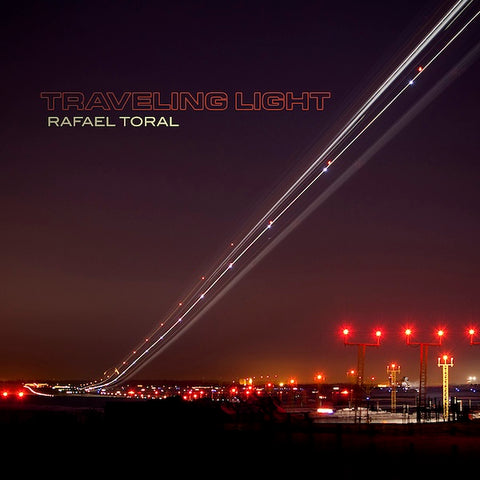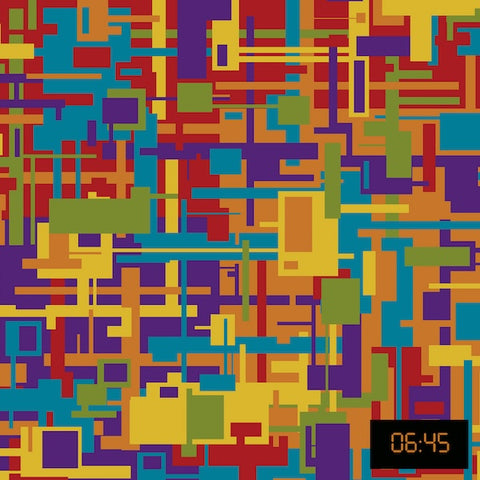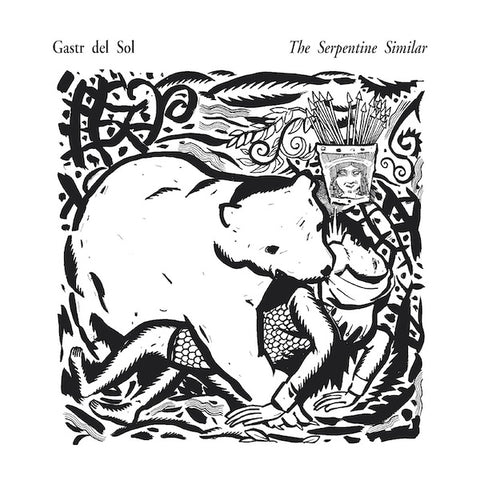Nuno Canavarro - Plux Quba LP
$20.98
Label: Drag City
Our Review:
Plux Quba is a record that after the nearly 30 years of its existence remains impossible to categorize. It's almost as if it was an alien broadcast beamed in from another planet. Little is known about its creator, Nuno Canavarro, outside of his native Portugal and its discovery is so unbelievably legendary and riddled with hearsay that it's easy to dismiss this as a probable hoax.
Recorded in 1988 and released on a private label, it was believed to be discovered in 1991 by Jim O'Rourke while traveling through Europe with Jan St. Werner (Microstoria, Mouse On Mars) and Carsten Schulz (C-Shultz and Hajsch). Liking what he heard, O'Rourke eventually started a label call Moikai in 1998 and the first release was Plux Quba remastered by Portuguese guitarist and composer Rafael Toral. That the sounds contained on Plux Quba would go on to heavily influence the sound of all three artists' later output (not to mention bearing a strong sonic forbearance to Aphex Twin's early ambient pieces, Boards of Canada's nostalgic filmstrip melodies and Christian Fennesz's sublime Endless Summer) is a bizarre case of cosmic synchronicity. Rumors that this was an elaborate prank by the three electronic artists have since been quelled by enough evidence of Canavarro's existence as an architectural student, a member of semi-popular Portuguese new wave bands and his subsequent compositional work in Portuguese cinema.
Indeed, the 15 tracks (8 of which are untitled - many clock in just over a minute) of Plux Quba can be seen as a bridge between the electro-acoustic computer-processing works of Robert Ashley (1979's Automatic Writing) and David Behrman (1984's Leapday Night) on the Lovely music label and the advent of laptop-based electronica of the '90s. Yet Plux Quba seems less aware than that, as if created in a total vacuum. Its mystery remains one of its key attractions. Each track is its own micro-universe of texture and mood. The first bursts of high piercing squelches, random cluster tones, bell drones and squeals, come off as abrasive and abstract, appear than disappear. Its soft-volume minimal experiments are heightened by pauses of pregnant silence that are not easy on casual listeners. It's not until about five short tracks in that processed disembodied voices, bird-like chirps and chord washes begin to emote a tangible melancholy melody and that's when Plux Quba begins to work its magic.
Made with electronics, melodica and pre-recorded tapes of acoustic instruments such as harp, flute, bells, marimbas, organ, an out of tune toy piano and accordion, the overall sound is augmented by whispered transmitted voices, abstracted squeals, glitchy computerized electronics, toy instruments, crying children, animal noises, Conet Project style shortwave babble and off-kilter hand percussion. It's almost as if a computer was fed some primitive bedroom recordings performed by children and asked to mimic the results. The cover art with its childlike drawing and strange font layouts doesn't offer any clues either, unless one is versed in Portuguese perhaps. But even then, Plux Quba seems to be mining a territory where language is useless as an orienting factor, but trades on a highly prevalent universality of emotion. It remains a singular and beguiling artifact that won't appeal to everybody, but offers massive rewards to the curious, adventurous and patient.





